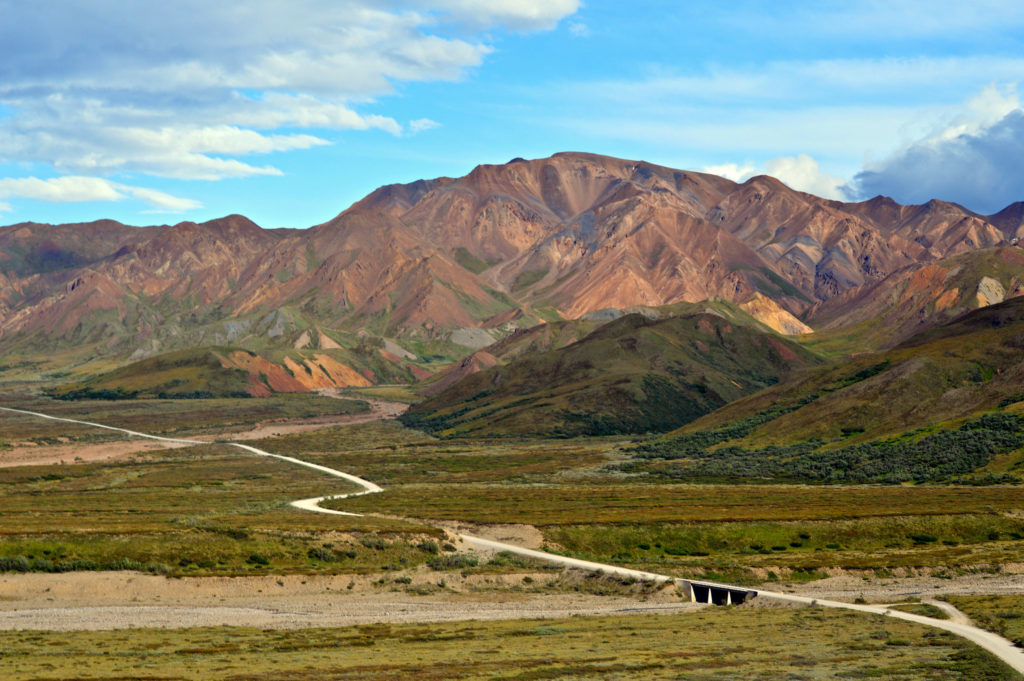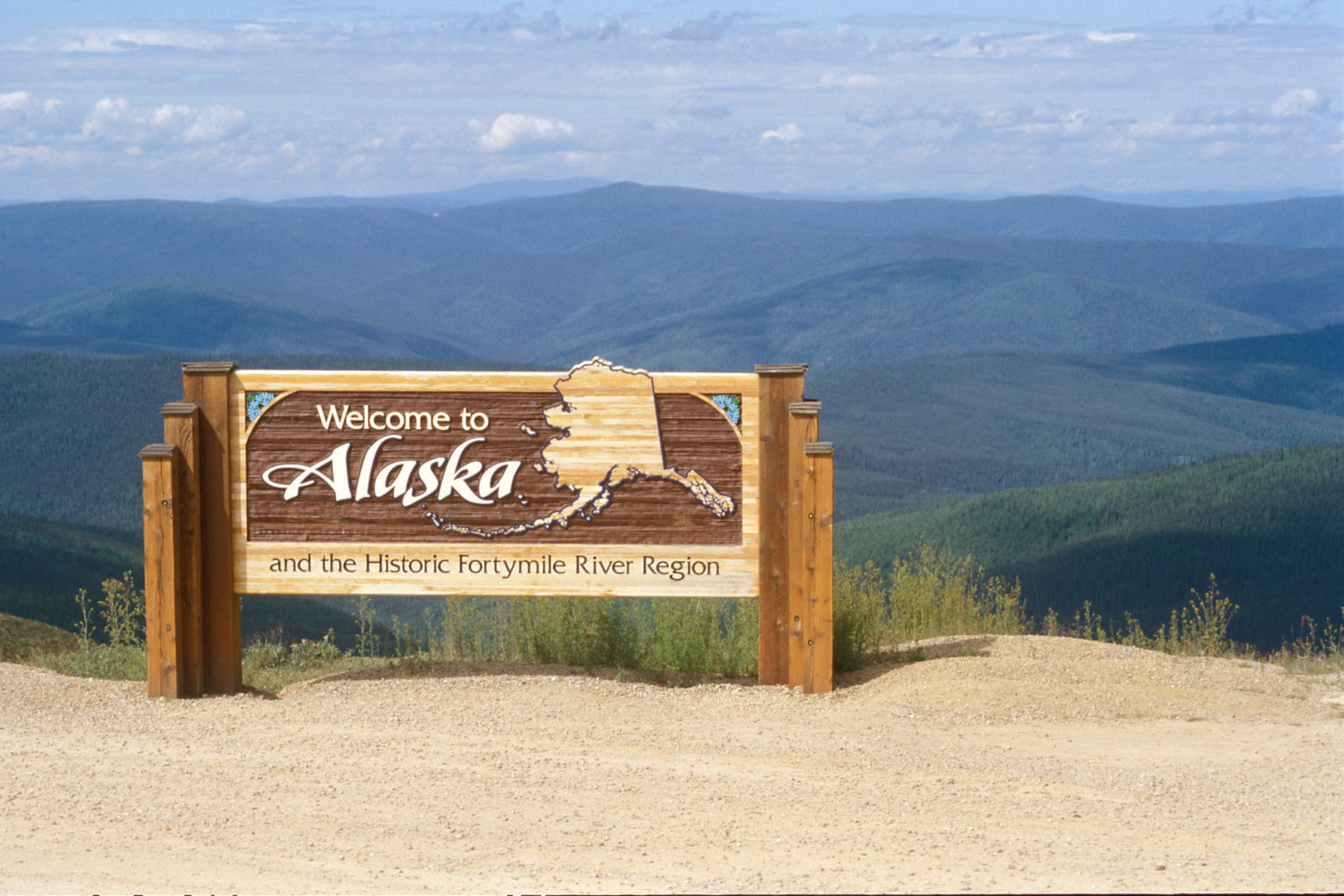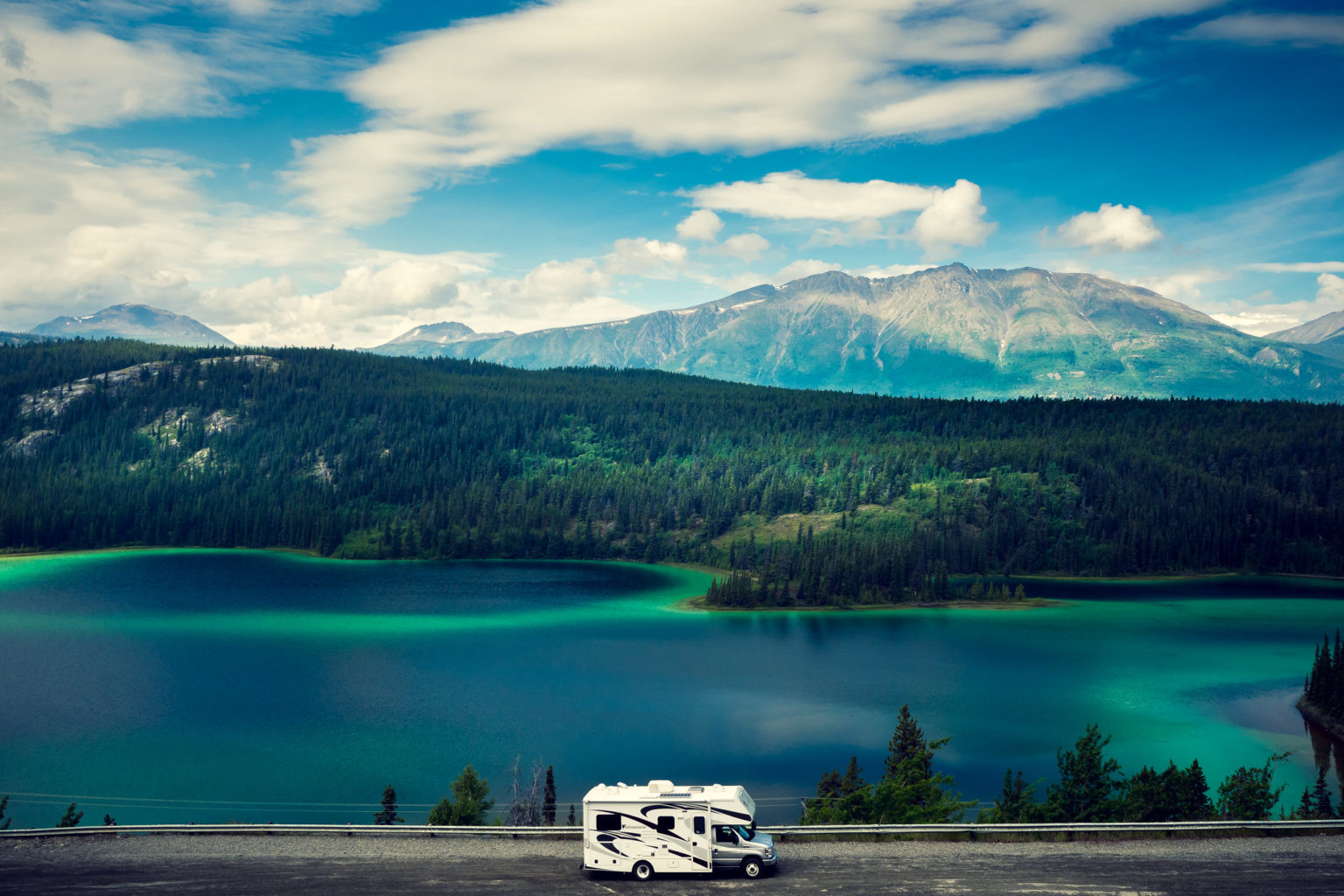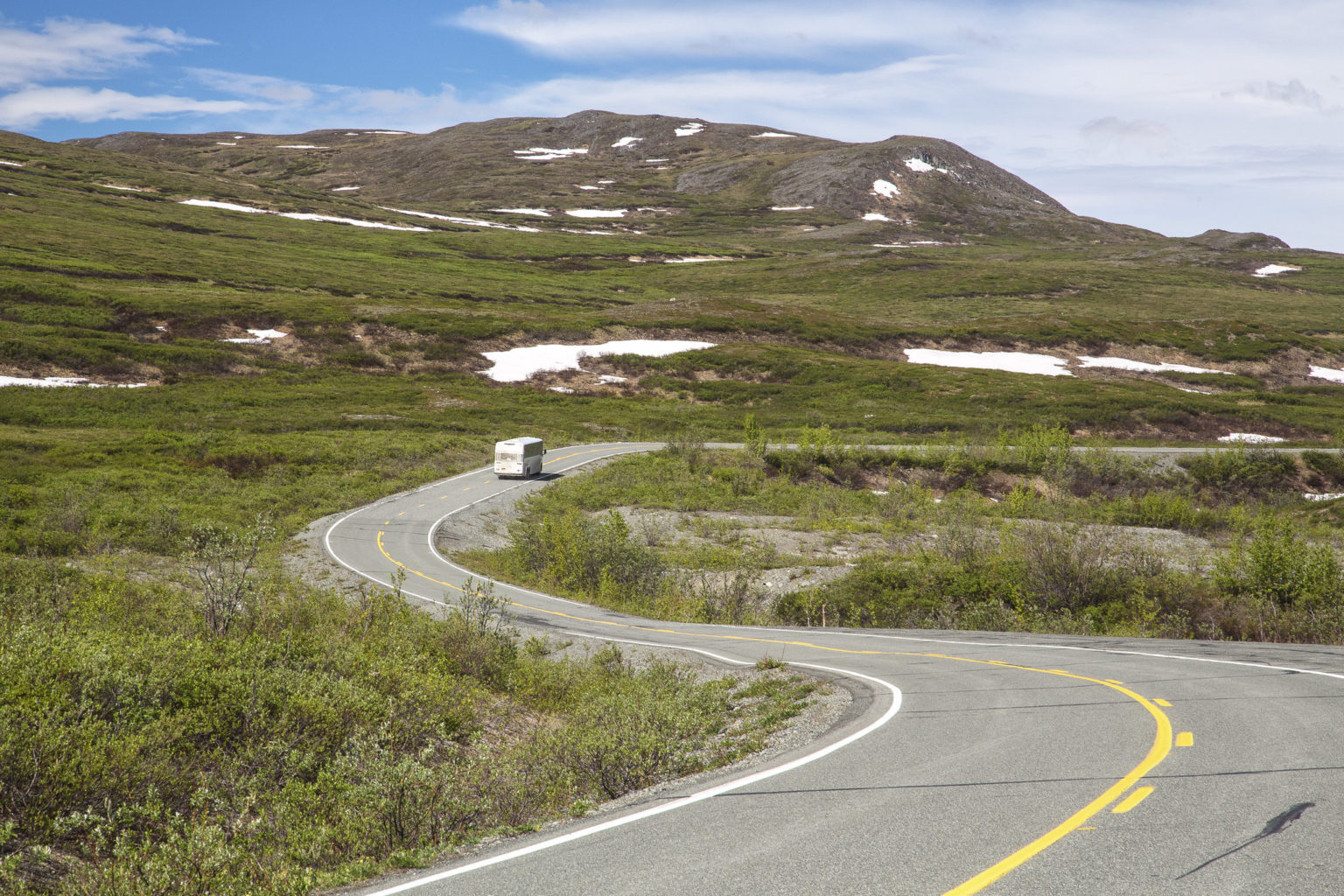Traveling in 2021: Be smart and safe on the road

Even as vaccines begin to roll out, coronavirus cases are spiking. But so is cabin fever, and it will only get worse as spring approaches, with the dark season giving slowly beginning to yield to the midnight sun.
Cover photo: Denali Park Road in Denali National Park and Preserve, Alaska. (Photo: Flickr Creative Commons, Pontla)
Traveling in 2021: Be smart and safe on the road
By Molly Barnes, Digital Nomad Life
Even as vaccines begin to roll out, coronavirus cases are spiking. But so is cabin fever, and it will only get worse as spring approaches, with the dark season giving slowly beginning to yield to the midnight sun.
All that, unfortunately, is creating a perfect storm for the virus to continue its surge. Hospitals are overwhelmed, more people are contracting the virus, and more businesses are affected. But that doesn’t mean we need to stay off the road.
Some of us don’t have a choice: Truckloads of produce and merchandise have to get from one place to another, and somebody has to drive them there. Plus, many of us just want a vacation from those same four walls where we’ve spent the past year sheltering in place, working remotely, and trying to make the best of it.
Fortunately, it’s possible to travel safely, even in a pandemic, and even in remote places like Alaska, or Canada’s Yukon and Northwest Territories. Here are some ways we can do so.
Stock up on PPE
Personal protective equipment is more important than ever as COVID spikes continue. You should have plenty of it on board at all times in your car, SUV, pickup, rig or RV.
Keep a supply of effective face masks that cover your face from under your chin up to the bridge of your nose, and wear them whenever you go out in public. The best kind of mask has two layers of fabric and is equipped with ear loops or ties that can be used to adjust it. Bandanas aren’t as effective, and neither are neck gaiters (even though they might keep you warmer!).

It’s also important to keep disinfectant wipes on hand, as well as hand sanitizer and disposable gloves. (Some hand sanitizers, unfortunately, can be toxic if absorbed through the skin, so check the FDA’s “do not use” list so you can avoid dangerous products you might come across on store shelves.)
Lock down your home
You may already have spent many months on lockdown yourself, so it’s a good idea to put your home on lockdown before you leave: When you get back from your trip, you’ll be spending a lot more time there until the pandemic finally eases.
Secure your home by creating a plan for when you’re not there. Pay any bills ahead of time that might come due while you’re gone, so your payments won’t lapse. (You don’t want to return to find your power’s been cut off, especially if it’s below zero outside in the dark of winter.)
If unexpected outages are routine in your area, make sure you’ve got a working generator inside a weatherproof enclosure to provide reliable backup power. Then you’ll be able to set your thermostat lower so you won’t be consuming unnecessary energy — and use the money you save for gas on the road.
Also stop deliveries of mail, newspapers, etc., and set your lights to go on and off with timers so no one knows you’re away for a long time.
Fortify your finances
Extended road trips aren’t cheap, so be sure you have a budget in place before you leave. Think about fuel costs, food, lodging, and other expenses you’re likely to encounter.
You probably don’t want to carry a lot of cash with you, and debit cards pose a higher risk of ID theft when you’re on the road. (Besides, some banks will freeze your debit cards if they notice “suspicious” activity — which may just mean they’re being used at unfamiliar places on the road, a good distance from home.)
So it’s a good idea to make sure you’ve built up some good credit, with enough of a cushion available on your cards before you leave. You want to be able to access that credit, whether it’s to rent a room with a heated blanket, cover car repairs, or buy that souvenir you’ve just gotta have.
Prepare for the worst
Wide-open spaces can keep you safer from the virus, but isolated areas can pose risks all their own.
Plan for emergencies by making sure your car insurance is up to date and sufficient to cover unexpected repairs and expenses. You might want to sign up for roadside assistance in case you break down by the side of the road and need a jump, a tow, or a tire change. Keep a car repair kit, jack and lug nut wrench, jumper cables, and other emergency supplies on board, too.
Don’t forget tire chains, an ice scraper, extra antifreeze, and blankets, in case you’re stuck for hours on a remote two-lane road. Be on the lookout for black ice, and pack enough food to last for 600 miles, because it might be that far to the next gas station. And have a paper map on hand in case you’re out of range of GPS. You can’t ask a caribou for directions.
Check weather and road conditions ahead of time and as you travel to avoid whiteouts and snowdrifts. And take the same approach to the virus: Avoid hot spots and, as much as possible, stay away from major population centers where it’s most likely to spread. (The good news: Living in the far north, this is easier to do.)
The road can seem like a scary place in 2021. But if you know where you’re going and what you’re doing, you can travel safely and securely, even in a pandemic.
Learn more about Molly Barnes and her Digital Nomad Life here. The views expressed here are the writer’s and are not necessarily endorsed by Alaska Wilderness League. For more information on the coronavirus, contact the Centers for Disease Control and Prevention.



